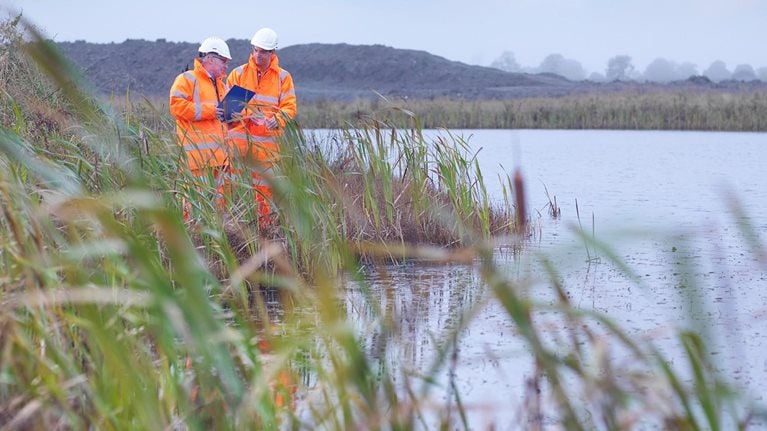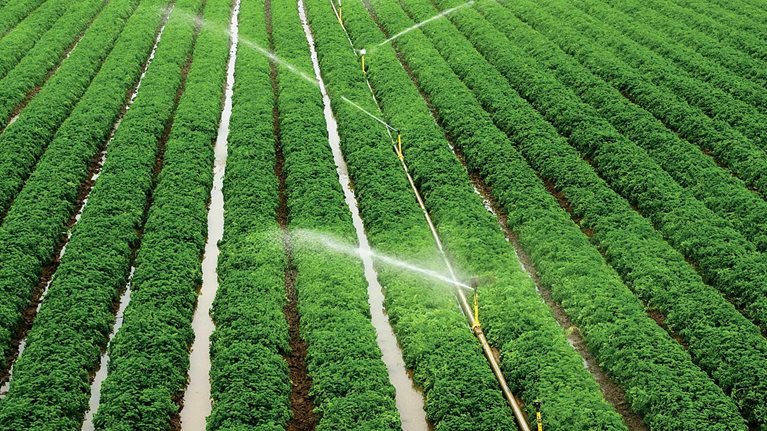Water resource management looms as one of the greatest global challenges of the 21st century. Around the world, businesses, governments, and policy makers alike must work together to move beyond business as usual not only to increase the supply and improve the productivity of current resources but also to reduce withdrawals by reshaping underlying economic activities. In South Africa, the challenge is complex: a semiarid country characterized by low rainfall, limited underground aquifers, and a reliance on significant water transfers from neighboring nations, South Africa will face difficult economic and social choices between the demands of agriculture, key industrial activities such as mining and power generation, and large and growing urban centers. However, a recent report by the 2030 Water Resources Group, for which McKinsey provided analytical support, finds that solutions are possible and need not be prohibitively expensive if they are addressed now.1
Exploding growth in world populations and increased agricultural and industrial production are putting a strain on existing water supplies worldwide. According to estimates by the Water Resources Group, global water demand is on track to outpace supply by 40 percent within the next two decades. When compounded with the potential effects of climate change, the stakes are raised even higher. Further complicating this challenge is the reality that there is no singular water crisis: different countries, even in the same region, face very different problems. India, for instance, faces demand fueled largely by the agricultural sector as a growing population increasingly moves toward a middle-class diet that relies more heavily on wheat and sugar. In China, by contrast, a large agricultural sector is coupled with a fast-growing economy that is driving rapid industrial growth and domestic urbanization.
The situation in South Africa is similarly complex. According to our base-case scenario, estimated demand for water in South Africa will reach 17.7 billion cubic meters in 2030. Current supply, by contrast, will equal only 15 billion cubic meters and is severely constrained by low levels of highly seasonal rainfall (about 50 percent of the world average), insufficient aquifers, and a dependency on water transfers between basins and from other countries (for example, South Africa purchases nearly 25 percent of its total water supply from nearby Lesotho). What’s more, the effects of climate change could exacerbate the problem significantly: even a small decrease in rainfall (and a corresponding increase in irrigation requirements) could result in a gap as large as 3.8 billion cubic meters (Exhibit 1).
The water gap
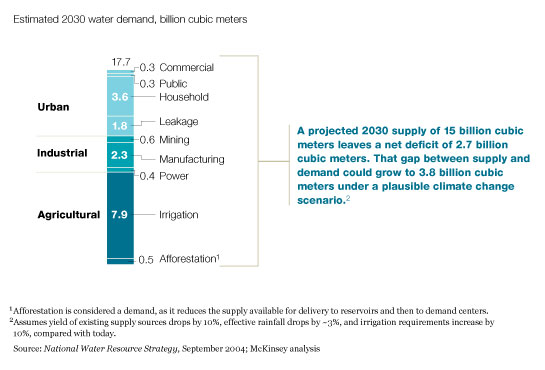
In order to understand the water resource problem currently facing business and governments around the world, a sector-level understanding of the supply and demand challenges is useful. In South Africa, the agricultural, industrial, and urban sectors account for a majority of overall demand: 8.4 billion cubic meters, 3.3 billion cubic meters, and 6.0 billion cubic meters, respectively. However, each region faces challenges that are unique to the set of economic activities prevalent in that area. The basins that supply the largest cities (Johannesburg, Cape Town, Durban, and Pretoria) are expected to face severe gaps brought about by increased household and industrial demand. The Berg water management area—which includes Cape Town—must close an estimated gap of 28 percent to meet future demand.
Household demand is driven largely by rising income levels and population growth, as well as a national drive to improve basic living conditions (for example, broader use of showers, toilets, and landscaping in residential areas). Projections for 2030 indicate that household demand will account for 3.6 billion cubic meters, with the wealthiest quintile of the population accounting for half of total withdrawals. At the same time, demand from industries such as mining and power generation will be an increasingly significant factor: by 2030, demand could amount for as much as 3.3 billion cubic meters. Power generation will account for 12 percent of total demand, mining for 18 percent, and manufacturing for the remaining 70 percent. Meeting the demand for power generation poses yet another challenge: much of the additional power generation capacity planned for 2025 will come from coal-fired power plants, located where much of the coal beds are. As local water supplies are typically insufficient for both coal mining and power generation, a reliance on water transfers from other areas will likely develop.
By contrast, in regions such as the Lower Vaal water-management area (Exhibit 2) growing agricultural demand places additional strain on supplies, despite caps on irrigation levels. Agriculture makes up a key part of South Africa’s economy, contributing 3.7 percent of the country’s GDP and employing more than 1.6 million people, or 13.5 percent of the labor force. South Africa relies on rain-fed land for 80 percent of its agricultural needs and is 90 percent self-sufficient for food. Yields are high, and more than 50 percent of the irrigated area (10 percent of arable land) is served through relatively efficient sprinklers and drip irrigation. However, against fixed withdrawals set by the Department of Water Affairs, demand for food and feed is still expected to increase significantly. This will create a strong need for greater efficiency and productivity of rain-fed production—or a shift in trade in order to avoid additional water being seized for agricultural use.
Shortages vary
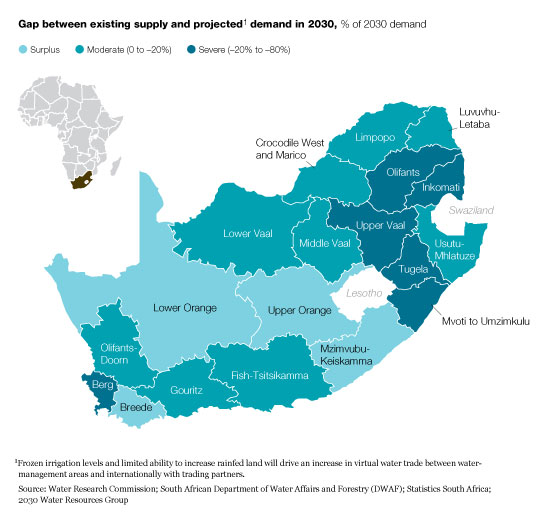
Despite the depth and breadth of the challenge at hand, economical solutions are within reach. Closing the gap across these sectors will involve a sustainable and cost-effective combination of three levers—two of which make use of technical improvements (increasing supply and improving water productivity), while the third is related to the underlying economic choices a country faces and involves actively reducing withdrawals by changing the set of underlying economic activities. For South Africa, the cost-effective measures that are available across supply (50 percent), agricultural efficiency and productivity improvements (30 percent), and industrial and domestic levers (20 percent) form a balanced approach.
As a key tool to support decision making, we developed a basin-level optimization cost curve, which provides a microeconomic analysis of the cost and potential of a range of existing technical measures to maintain water-dependent activities while closing the projected gap between supply and demand. Our analysis consisted of 50 measures across 19 water-management areas and 12 different crops. Each of these technical measures is represented as a block on the curve. The width of the block represents the amount of additional water that becomes available from adoption of the measure. The height of the block represents its unit cost (Exhibit 3).
A water cost curve for Africa
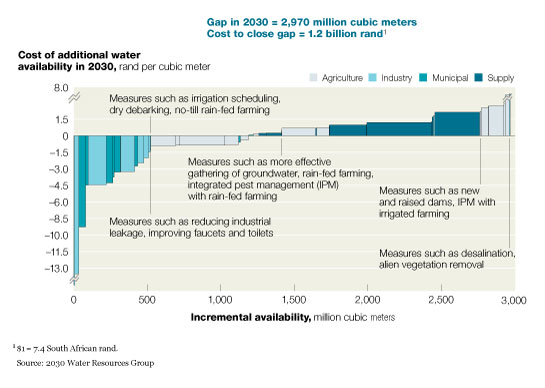
The cost curve shows that South Africa can implement a balanced solution for closing its demand–supply gap by seizing an array of cost-effective measures available across supply, agricultural efficiency and productivity improvements, and industrial and domestic levers. A significant source of savings will come from more productive water usage and increased energy efficiency across the board. These solutions must be localized to cater to the specific economic and social needs of each particular region. For example, the focus of at least seven water-management areas in South Africa will be almost entirely on agricultural improvements, whereas economic centers such as Johannesburg and Cape Town will need to adopt industrial and domestic solutions. In the aggregate, however, South Africa’s plan to double its power generation capacity by 2025 will constrain water resources, as will challenges brought about by demand centers that are often geographically removed from additional supply.
The issue of water scarcity is hugely important for businesses and nations the world over. Given the historic difficulty of providing enough water to meet society’s needs, it is clear that governments and the private sector must partner to develop effective policies and sustainable solutions. In South Africa, the challenge will involve tough trade-offs between the competing demands of agriculture, key industrial activities, and large and growing urban centers. Managing these trade-offs based on comparative cost data across all economic sectors will help South Africa achieve the required water savings with minimum downsides to the economy. The blend of solutions will include technical improvements to increase supply (as well as measures to enhance productivity and efficiency), to balance competing demands on a finite resource, and to ensure that the country is able to meet its water needs both today and in the future.

